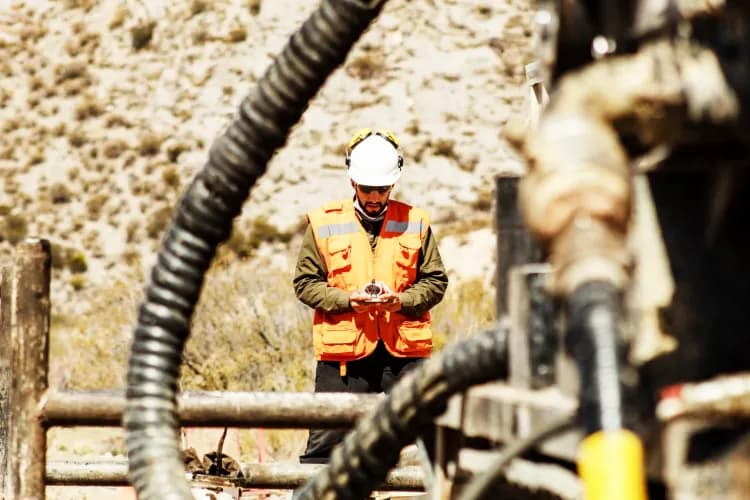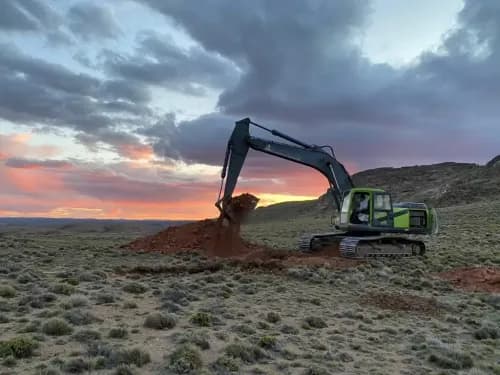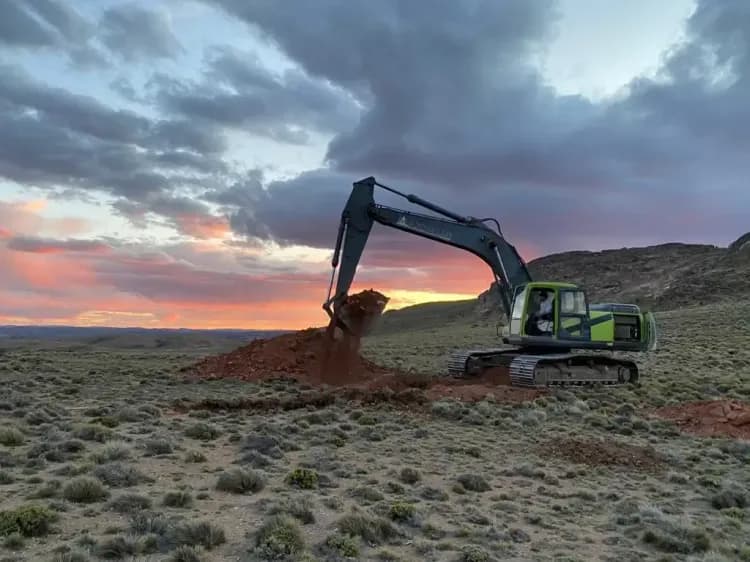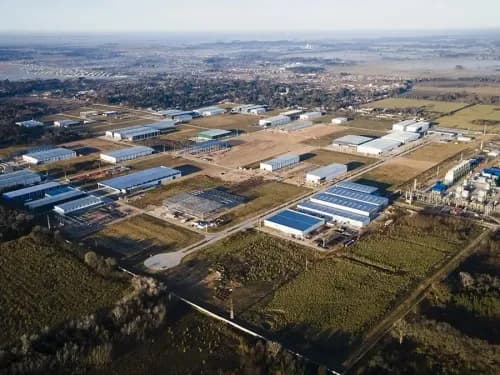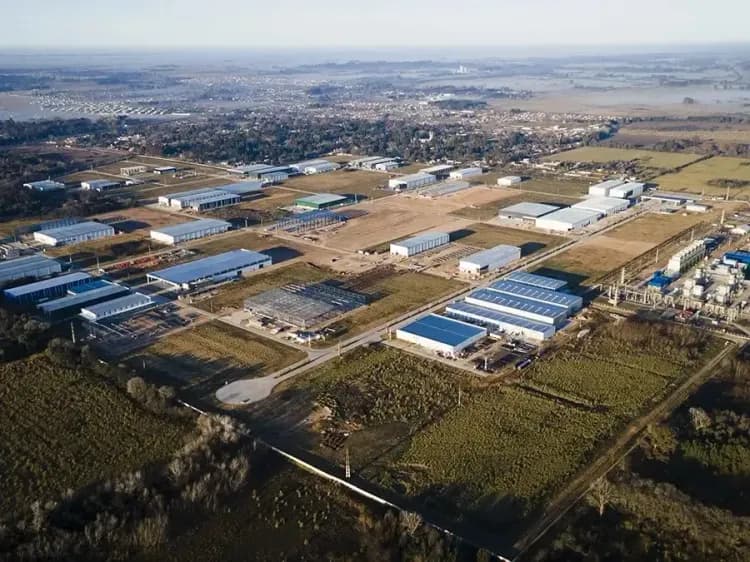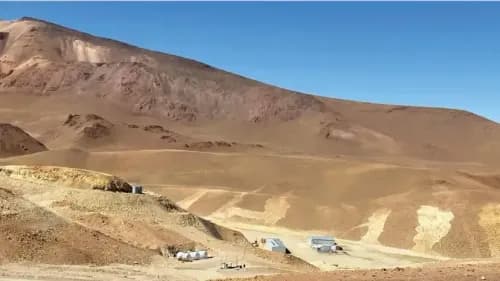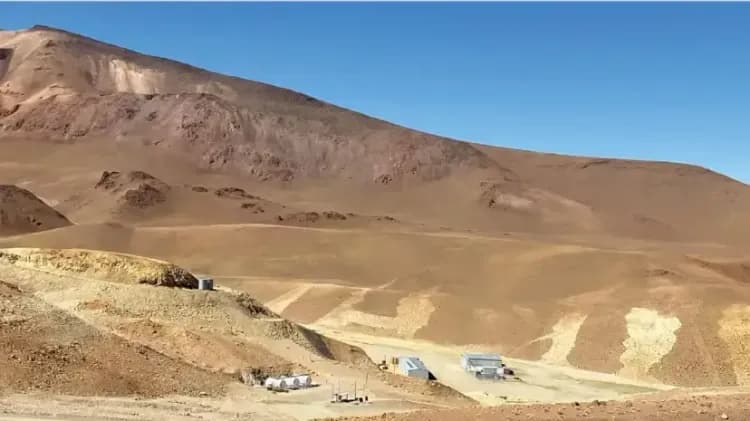Although first discovered in the late 19th century, interest in so-called “rare earths” has grown along with their technological applications and China’s dominance in their extraction, separation, and processing. From color TVs to modern digital displays, from temperature control in nuclear reactors to enhancing steel quality with just 100 grams per ton—REEs are key to countless industrial processes. They are also essential for large magnets in MRI scanners, military equipment, and defense systems.
By Panorama Minero
What are rare earth elements?
They are 17 naturally occurring elements: yttrium, scandium, and 15 lanthanides. These share similar chemical characteristics and are sequentially arranged in the periodic table, from atomic number 57 to 71. Their properties include magnetism, conductivity, phosphorescence, and resistance to extreme temperatures.

China’s global dominance
Today, nearly one-third of the world’s rare earths are extracted from a single site: Bayan Obo, in Inner Mongolia, China—originally an iron ore operation. In 1987, Deng Xiaoping, the architect of modern China’s economic reform, declared: “The Middle East has oil, China has rare earths.”
In truth, rare earths aren’t so rare. They occur in many parts of the world but usually at very low concentrations, and separating them from the host rock—and from each other—is technically and economically challenging.
China controls 99% of the world’s rare earth processing capacity, not just due to its resources but also its willingness to bear the environmental costs of the entire production chain, including the manufacture of high-strength magnets—the largest end use for REEs today.
China also has the world’s largest reserves: 44 million tons, followed by Brazil with 21 million, according to the U.S. Geological Survey (March 2025).

Strategic interest and global tension
The recent mineral agreement between the U.S. and Ukraine also includes rare earths and other critical minerals. Even former President Donald Trump’s interest in purchasing Greenland was, in part, linked to the island’s rare earth potential.
In April 2025, amid new U.S. tariffs of up to 145% on Chinese goods, China responded by restricting exports of seven heavy rare earth elements—those most used in defense applications. It also created a control list of 15 American entities, most of them in the aerospace and defense sectors.
Gracelin Baskaran, director of the Critical Minerals Program at the Center for Strategic and International Studies (CSIS), detailed that these REEs are found in:
• F-35 fighter jets (400 kg)
• Virginia-class submarines (4,200 kg)
• DDG-52 destroyers (2,500 kg)
• Tomahawk missiles
• JDAM smart bombs
China, she warned, is expanding its production of smart munitions and advanced weaponry five to six times faster than the U.S.
Argentina’s potential
President Javier Milei has mentioned rare earths in recent public statements. A 2022 report by the Argentine Geological Mining Service (SEGEMAR), authored by geologist Eduardo Zappettini, identified over 190,000 tons of REE resources and an additional 3.3 million tons of potential resources.
According to issue No. 48 of the “Technical Contributions” series, Argentina’s primary REE mineralizations are located in:
• Salta and Jujuy
• San Luis and southern Santiago del Estero
• Unassessed pegmatite zones in Valle Fértil (San Juan)
• Alluvial deposits in Córdoba (Río Calamuchita) and San Luis (La Carolina)
• Clay-hosted concentrations in Barker (Buenos Aires)
• Ferromanganese crusts with REEs on the Argentine Continental Shelf
The report estimates a total of 190,395 tons of identified REE resources. Potential resources were estimated at 3.3 million tons, excluding clay-based deposits due to lack of reliable data.
Constraints and opportunities
Under Argentina’s Mining Code, rare earth elements are classified as “second category metals.” The country’s only documented REE production occurred between 1954 and 1956: 1,010 kg of monazite rock extracted from the Teodesia mine in Valle Fértil.
The global market for REEs remains relatively small. Before recent geopolitical escalation, it was valued at around US$12 billion, with projections of US$20 billion by 2029 and US$40 billion by 2040. It is a market marked by low transparency, complex contracts, and a wide variety of elements and chemical presentations (mainly oxides).
What does this mean for Argentina?
Developing rare earth resources could be a strategic opportunity—but it’s also a long-term and technically demanding challenge. If Argentina chooses to move forward, it should avoid diverting focus or resources from other critical minerals in which the country already has a strong foothold—like lithium, where it could become the world’s second-largest producer, and copper, with at least five world-class projects and the presence of giants like BHP, Rio Tinto, and Glencore.
Additionally, Argentina’s potential in rare earths appears modest compared to Brazil, its Mercosur partner and the world’s second-largest reserve holder.


